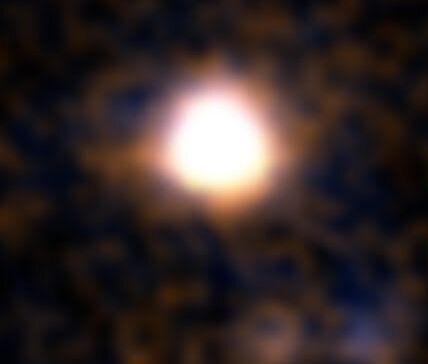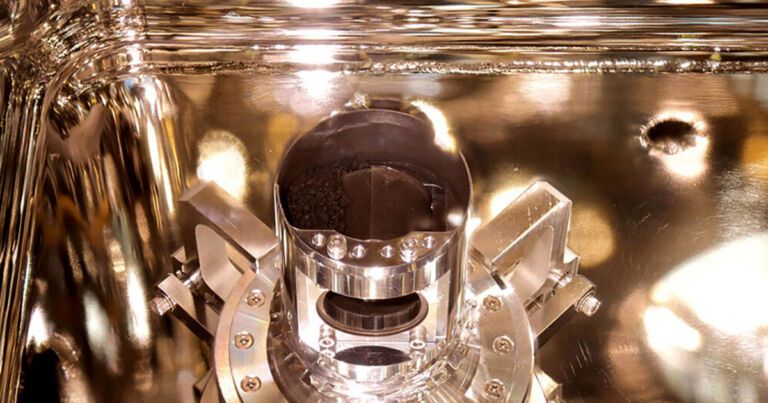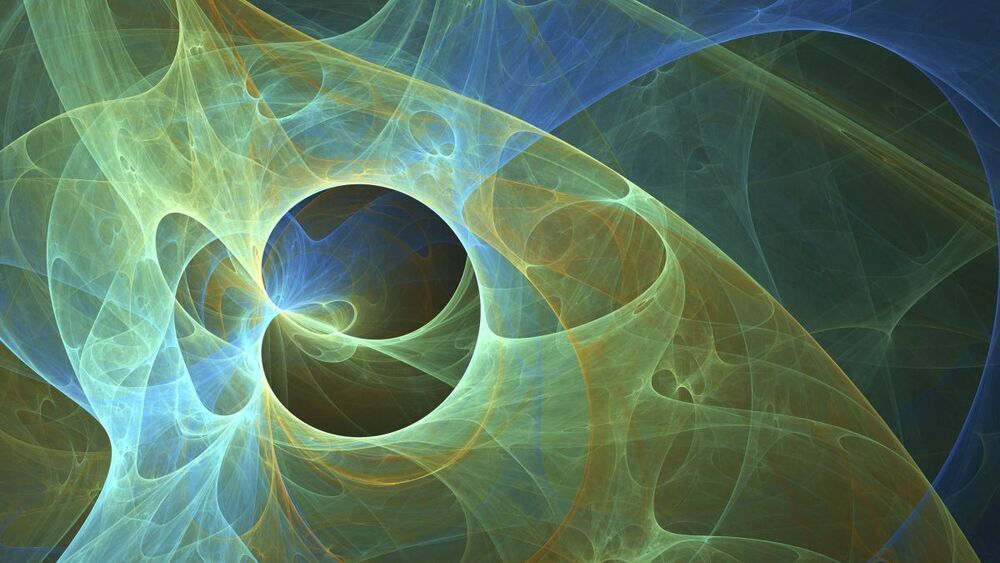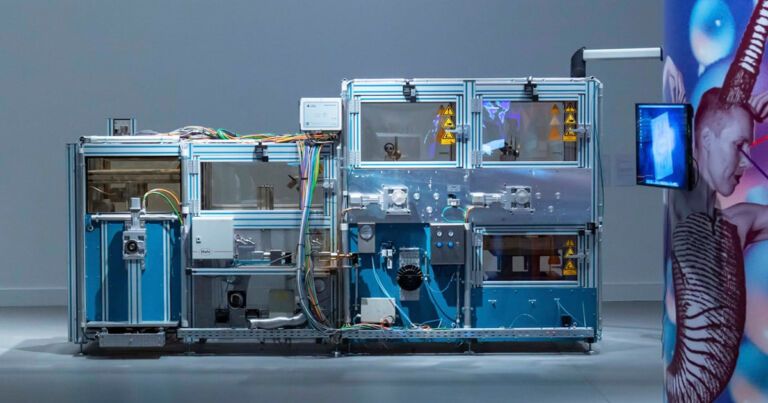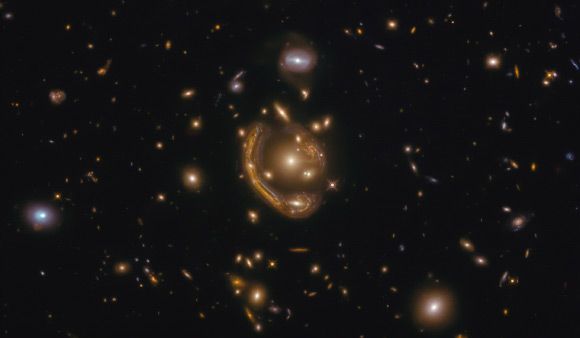Dec 15, 2020
A young but completely evolved entirely self-made galaxy
Posted by Saúl Morales Rodriguéz in categories: physics, space
So young and already so evolved: Thanks to observations obtained at the Large Binocular Telescope, an international team of researchers coordinated by Paolo Saracco of the Istituto Nazionale di Astrofisica (INAF, Italy) was able to reconstruct the wild evolutionary history of an extremely massive galaxy that existed 12 billion years ago, when the universe was only 1.8 billion years old, less than 13% of its present age. This galaxy, dubbed C1-23152, formed in only 500 million years, an incredibly short time to give rise to a mass of about 200 billion suns. To do so, it produced as many as 450 stars per year, more than one per day, a star formation rate almost 300 times higher than the current rate in the Milky Way. The information obtained from this study will be fundamental for galaxy formation models for objects it for which it is currently difficult to account.
The most massive galaxies in the universe reach masses several hundred billion times that of the sun, and although they are numerically just one-third of all galaxies, they contain more than 70% of the stars in the universe. For this reason, the speed at which these galaxies formed and the dynamics involved are among the most debated questions of modern astrophysics. The current model of galaxy formation—the so-called hierarchical model—predicts that smaller galaxies formed earlier, while more massive systems formed later, through subsequent mergers of the pre-existing smaller galaxies.
On the other hand, some of the properties of the most massive galaxies observed in the local universe, such as the age of their stellar populations, suggest instead that they formed at early epochs. Unfortunately, the variety of evolutionary phenomena that galaxies can undergo during their lives does not allow astronomers to define the way in which they formed, leaving large margins of uncertainty. However, an answer to these questions can come from the study of the properties of massive galaxies in the early universe, as close as possible to the time when they formed most of their mass.
